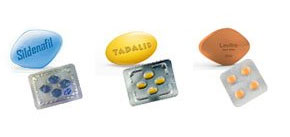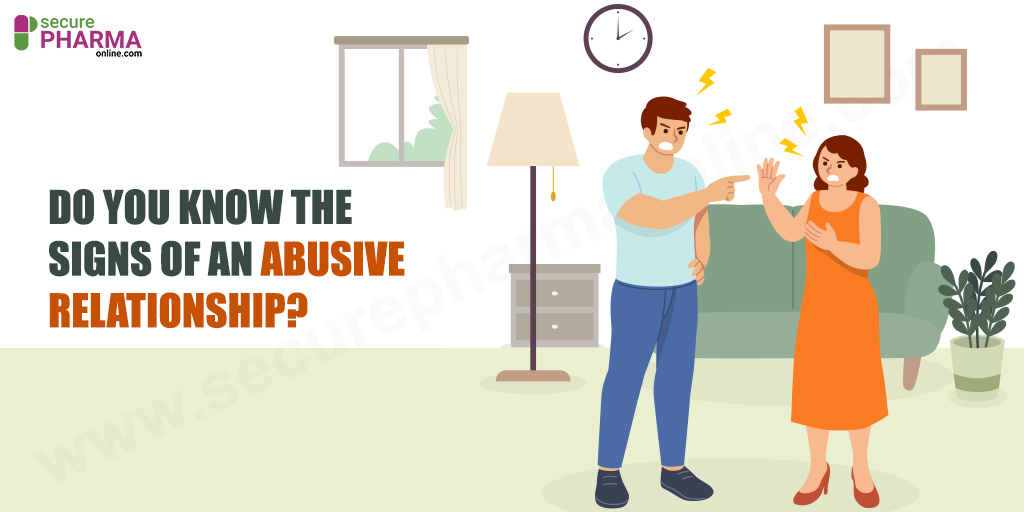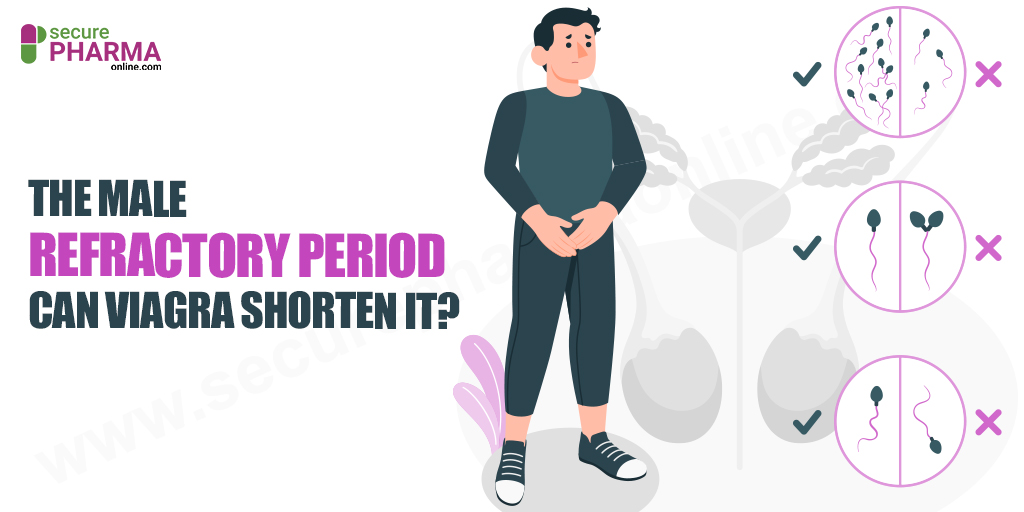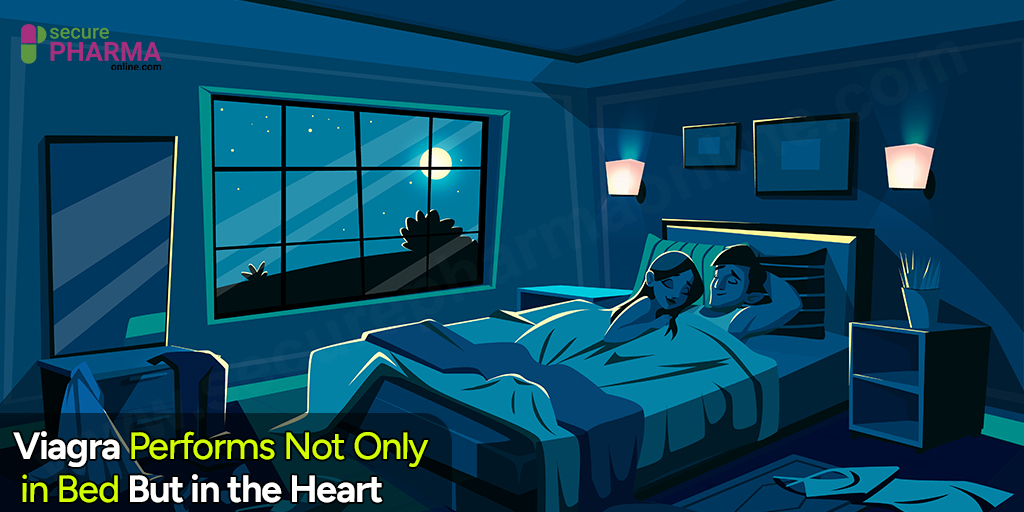Enlarged Prostate: Signs, Causes, And Treatments

Enlarged prostate or Benign Prostatic Hyperplasia (BPH) is the most common disorder faced by men after a certain age. The prostate is a walnut-shaped muscular gland that is located below a male’s bladder. The gland is seen to appear enlarged in most men often after their 6th decade. In addition to that, men after the age of 40 are considered the at-risk population for this affliction.
The prostate is found around the urethra, so most of the symptoms of BPH involve troubles with urination. It also plays a role in the production of the semen fluid, so the condition affects the process of ejaculation as well.
Signs
When the prostate cells multiply, it crowds into the urethra’s space. Thus, the tube is unable to carry the fluids properly. Most of the symptoms include:
- Retention of urine which results in the inability to pass urine
- Incomplete urination
- Weak urine stream and dribbling at the end
- Incontinence or urine leakage
- Pain while urinating
- Nocturia or urinating in between sleep
- Unexpected urges to urinate
- Need to strain to urinate
Causes
Though the direct cause behind an enlarged prostate has not been determined, the effects of age, hormones, and other factors have been observed.
Age
BPH is considered to be normal for aging men. It has been observed that most men over 40 have some form of enlargement in their prostate.
Moreover, the indications of an enlarged prostate are prevalent in the majority of the males over the age of 70 and most of them go unnoticed. The possibility of an enlarged prostate appearing increases with age.
Hormones
The male hormone testosterone is correlated to the enlargement of prostates. Generally, men with testicular abnormalities are at a greater risk for this condition. As a result, males who had their testicles removed, for various reasons, at a younger age do not suffer from this condition.
Additionally, the extraction of testicles shrivels the prostate in men who had enlarged ones previously. This is not a treatment method though.
Miscellaneous Factors
Studies indicate the role of genetics in developing BPH. Hence, if an enlarged prostate has been detected in a close family member, get checked to see how much potential risk you face.
Also, diabetes and obesity have been discovered to be prominent in a large number of men with BPH. The evidence suggesting the accuracy of this observation is lacking though.
Also Read: Symptoms Of Enlarged Prostate
Treatment Options
Treating BPH is dependent on how much trouble it causes. Your GP should be able to choose an appropriate course of treatment for your ailment.
Self-care methods often work for mild symptoms. These lifestyle changes double as preventive measures too:
- Urinate on a schedule, even if there is no urge
- Stay away from caffeine and alcohol
- Exercise regularly
- Wear layers in cold weather
- Reduce stress and anxiety
- Avoid taking OTC decongestants and antihistamines, these medication increase symptoms of BPH
If the lifestyle changes fail to achieve their goal, drugs are prescribed to relieve the symptoms. The usually prescribed drugs are:
- Alpha-1 blockers act as bladder and prostate muscle relaxants making urination easier. Doxazosin, prazosin, and alfuzosin are relaxants that relieve the symptoms. Side effects like stuffy nose, headaches and irritated stomach may occur.
- 5-Alpha reductase inhibitors reduce the size of the prostate by lowering the levels of dihydrotestosterone. Unlike Alpha-1 blockers, these drugs do not treat the symptoms. They take longer to take effect but can reduce the need for surgery.
Under the condition that the drugs seem to not take effect, there are minimally invasive treatments for an enlarged prostate.
- Transurethral microwave therapy (TUMT) uses microwaves controlled by computers to use heat to destroy specific tissues of the prostate. Other than reducing the size of the gland, this therapy does not correct the troubles associated with the bladder. The procedure has the possible side effects of painful urination for a period and decreased production of semen.
- Transurethral radiofrequency needle ablation (TUNA) also removes the prostate tissue using transmitted radio waves. Moreover, it is efficient in improving the symptoms as well. Side effects may include pain during urination for a few weeks.
- Stents are metal coils that are placed in the urethra to keep them open. Prostatic stents are not considered the best course of treatment because they cause complications. Compared to the other minimally invasive techniques, stents are expensive too.
Before considering surgery, many people try herbal medicines to reduce the enlargement of the prostate. The success rates of these alternatives are highly debated.
- Saw palmetto is a popular herbal remedy for BPH. Derived from the ripened berries of the plant, the extract works to reduce the size of the gland. They seem to hinder prostate growth by preventing testosterone break down.
- Beta-sitosterol is extracted from the pollen of ryegrass and seems to relieve the urinary symptoms of BPH.
- Pygeum comes from the bark of the African plum tree and is the most promising herbal remedy so far. The compound shows positive results in increasing the flow of urine.
Surgery
Surgical procedures for BPH have complications in most cases. As a result, it is done only when the symptoms are severe. It is not ideal for men with cirrhosis, kidney and lung disease, or serious heart conditions.
- Transurethral resection of the prostate (TURP) is the most frequently used surgical correction for BPH. It is done by inserting a small instrument through the urethra into the prostate and removing the tissue piece by piece.
- Prostatectomy involves removing the inner part of the prostate through an abdominal incision. The surgery leaves the outer part of the gland.
- Transurethral incision of the prostate (TUIP) extends the bladder outlet and urethra, allowing an easier flow of urine. Unlike TURP, the gland is not removed in this procedure.
Difference Between BPH and Prostate Cancer
Even though prostate cancer is more complex than an enlarged prostate, they share multiple symptoms. Both conditions are characterized by difficulties with urinating. However, in the case of prostate cancer, the signs also include blood in the urine and abnormalities with ejaculation along with the symptoms of an enlarged prostate.
Conclusion
An enlarged prostate should be monitored through regular checkups. Even if the condition does not express itself overtly for everyone, timely visits to the doctor will detect BPH early on. However, it is not cancerous and does not increase your chance of developing prostate cancer either.
Do not compromise on the lifestyle, medication, and diet that prevent the onset of prostate enlargement. Support groups for men with the condition seem to be helpful for some. Discuss with a GP and design an efficient treatment plan if the need arises.
November 30, 2020 Sam Bell











Comments